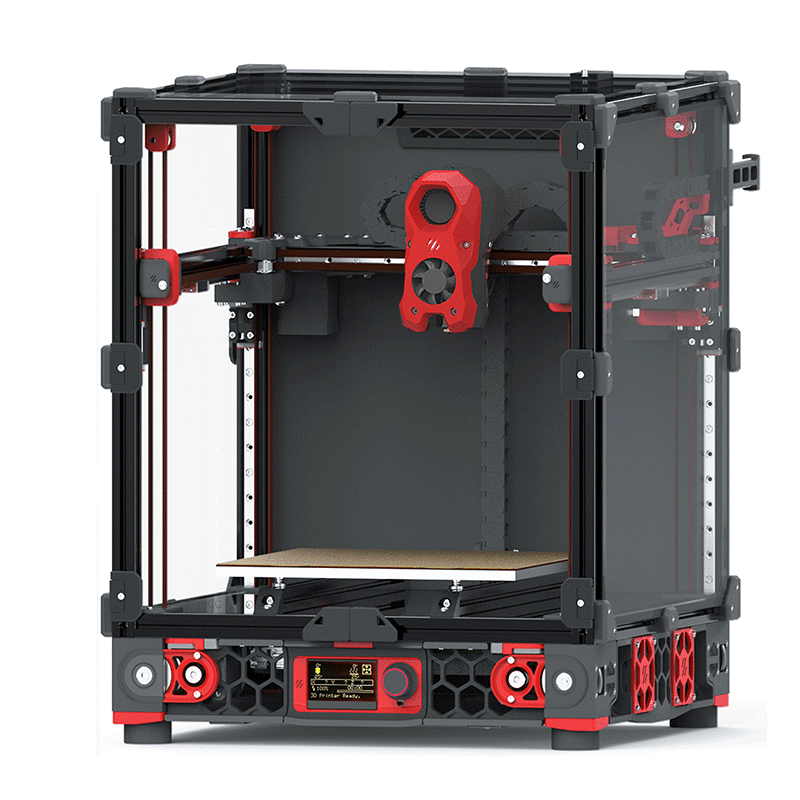Have you ever wondered about the hygroscopicity of a filament? Let's dive into the science behind this fascinating property.
What is Hygroscopicity?
Hygroscopicity refers to the ability of a material to absorb moisture from the surrounding environment. In the case of filaments, this property can have a significant impact on their performance and quality.
Why is Hygroscopicity Important for Filaments?
When filaments absorb moisture, it can lead to issues such as poor print quality, clogging of the printer nozzle, and inconsistent extrusion. This is particularly problematic for materials like nylon, which are known for their high hygroscopicity.
How Does Hygroscopicity Affect 3D Printing?
Highly hygroscopic filaments can absorb moisture from the air, causing them to swell and become brittle. This can result in failed prints, as the filament may break or warp during the printing process.
Managing Hygroscopicity in Filaments
To prevent the negative effects of hygroscopicity, it is important to store filaments in a dry environment and use airtight containers or desiccants to keep them moisture-free. Some filaments may require drying before use to ensure optimal print quality.
Understanding the hygroscopicity of filaments is essential for achieving successful 3D prints. By taking the necessary precautions to manage moisture absorption, you can ensure consistent and high-quality results in your printing projects.


